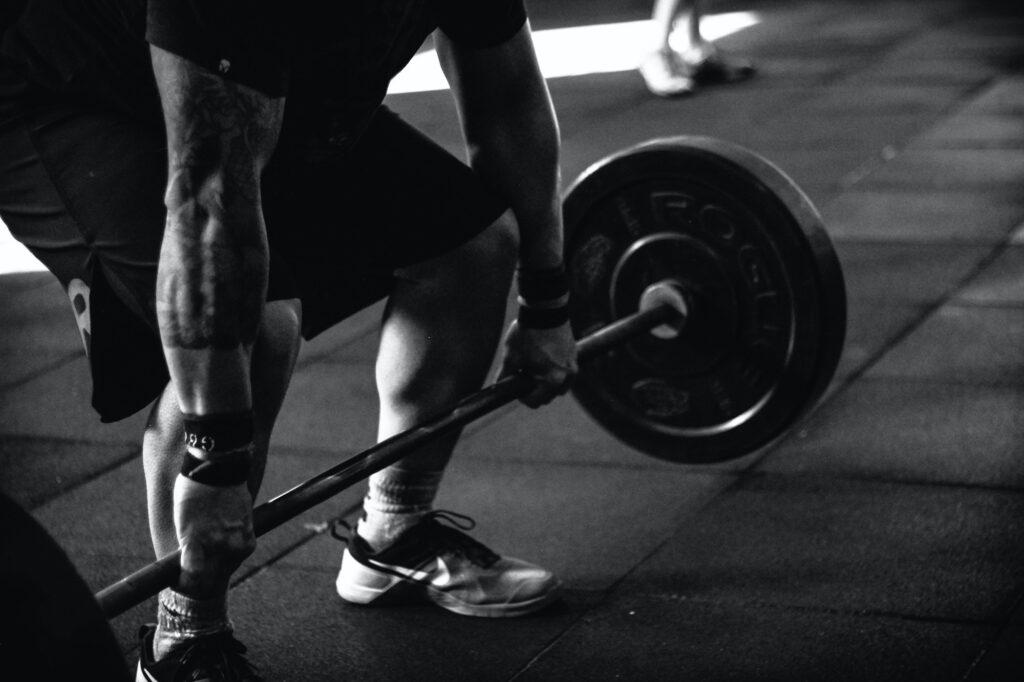+918048035598

This is your website preview.
Currently it only shows your basic business info. Start adding relevant business details such as description, images and products or services to gain your customers attention by using Boost 360 android app / iOS App / web portal.
Shoulder pain after weightlifting / gyming. In...

Shoulder pain after weightlifting / gyming. Introduction: Welcome to Pune Shoulder! If you're experiencing shoulder pain after weightlifting or hitting the gym, you're not alone. Many fitness enthusiasts encounter this issue at some point in their journey. In this comprehensive blog post, we'll explore the common causes of shoulder pain after weightlifting, practical tips for prevention, and effective solutions to help you continue your fitness pursuits without discomfort. Understanding Shoulder Pain After Weightlifting Shoulder pain is a prevalent issue among weightlifters and gym-goers. It can be frustrating and disruptive, hindering your progress and motivation. To address this problem effectively, it's crucial to understand the potential reasons behind shoulder pain after weightlifting. We'll explore the various factors contributing to shoulder discomfort, from muscle strain to overuse and improper form. Common Causes of Shoulder Pain In this section, we'll take a closer look at the common causes of shoulder pain after weightlifting. We'll discuss specific injuries like rotator cuff tears, labrum tears, and bursitis, shedding light on how these conditions can arise from heavy lifting and repetitive motions. Understanding the root causes will empower you to make informed decisions regarding your workout routines. Proper Weightlifting Techniques and Form One of the best ways to prevent shoulder injuries is by mastering proper weightlifting techniques and form. We'll provide detailed guidelines on maintaining correct posture and alignment during weightlifting exercises. By implementing these principles, you can reduce the risk of strain and injury, ensuring a safer and more effective workout experience. Pre-Workout Warm-up and Stretching Warm-up exercises and stretching play a critical role in preparing your body for strenuous physical activities. We'll stress the importance of incorporating a pre-workout warm-up routine that targets the shoulders, increasing blood flow to the area and reducing the risk of injury. Additionally, we'll provide specific shoulder-focused warm-up exercises to help you get started. Strengthening Shoulder Muscles Strong and balanced shoulder muscles act as a protective shield against injuries. In this section, we'll introduce a variety of exercises designed to strengthen the shoulder muscles, including rotator cuff exercises and scapular stabilizers. By incorporating these exercises into your routine, you can enhance shoulder stability and reduce the chances of pain and discomfort. Strengthening Shoulder Muscles Strong and balanced shoulder muscles act as a protective shield against injuries. In this section, we'll introduce a variety of exercises designed to strengthen the shoulder muscles, including rotator cuff exercises and scapular stabilizers. By incorporating these exercises into your routine, you can enhance shoulder stability and reduce the chances of pain and discomfort. Rest and Recovery Rest and recovery are often overlooked aspects of fitness, but they are crucial for overall well-being and injury prevention. We'll emphasize the significance of allowing ample time for muscle recovery between workouts and the importance of listening to your body. Recognizing when to rest and when to push forward is key to sustaining a successful fitness regimen. Seeking Professional Help When dealing with persistent shoulder pain, seeking professional guidance is essential. We'll discuss the benefits of consulting a fitness trainer or physical therapist for personalized assessment and guidance. They can provide you with tailored exercise programs, adjustments to your form, and other valuable advice to support your shoulder health. Alternatives to High-Impact Exercises If shoulder pain persists despite your efforts, it might be time to explore alternative fitness options. We'll suggest low-impact exercises and workouts that put less strain on the shoulders, such as swimming or yoga. Diversifying your fitness routine can help you maintain your motivation while giving your shoulders the time they need to heal. Conclusion: Shoulder pain after weightlifting or gyming can be a significant setback, but it doesn't have to derail your fitness journey. By understanding the causes of shoulder pain, practicing proper weightlifting techniques, prioritizing warm-up and stretching, and strengthening your shoulder muscles, you can minimize the risk of injury and discomfort. Remember to incorporate rest and recovery into your routine and seek professional help when needed. Your commitment to shoulder health and fitness will lead you to a stronger, pain-free, and more enjoyable fitness experience. Keep pushing forward, stay informed, and take proactive steps to care for your shoulders, and you'll continue progressing on your journey to a healthier and fitter you. Happy lifting!

